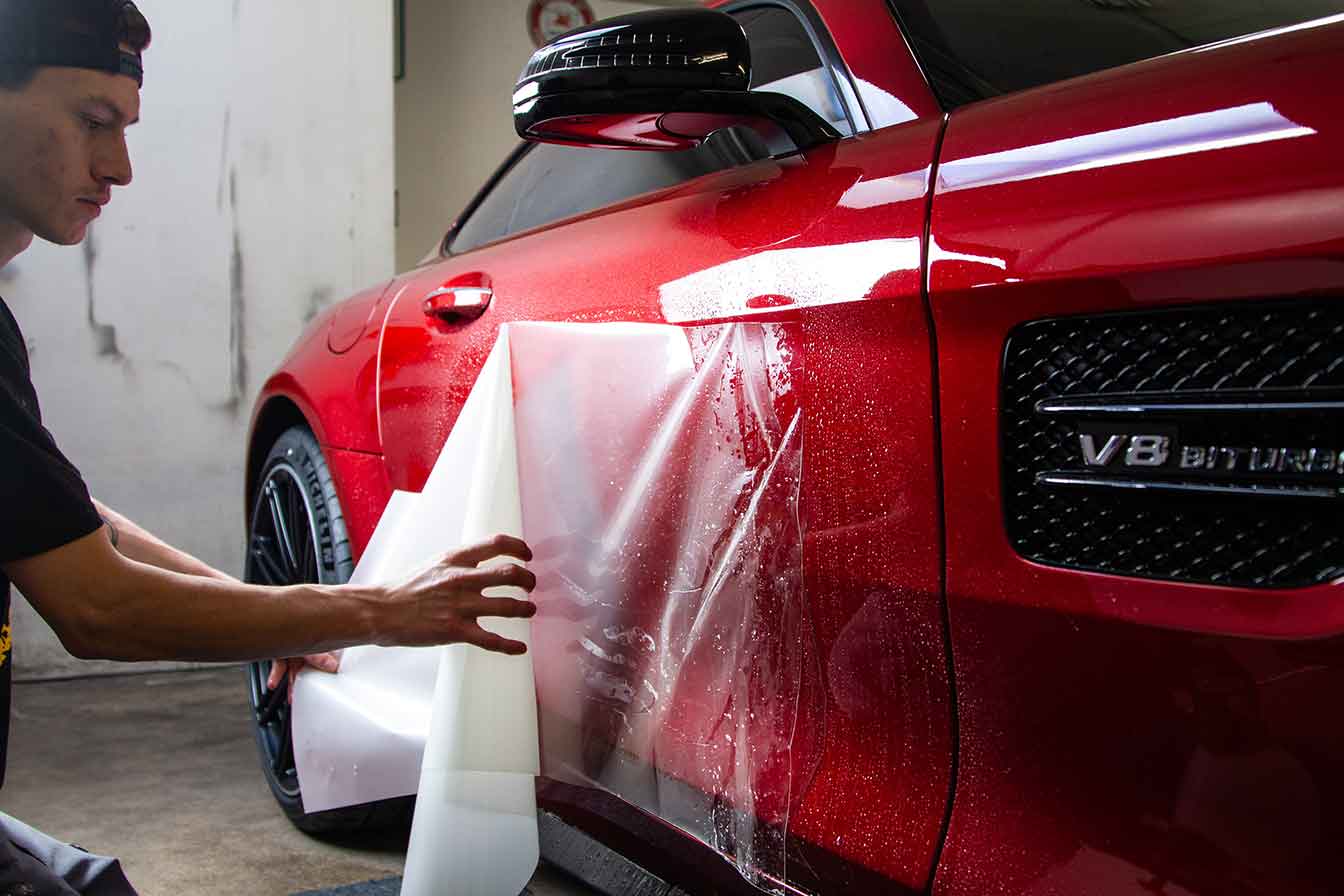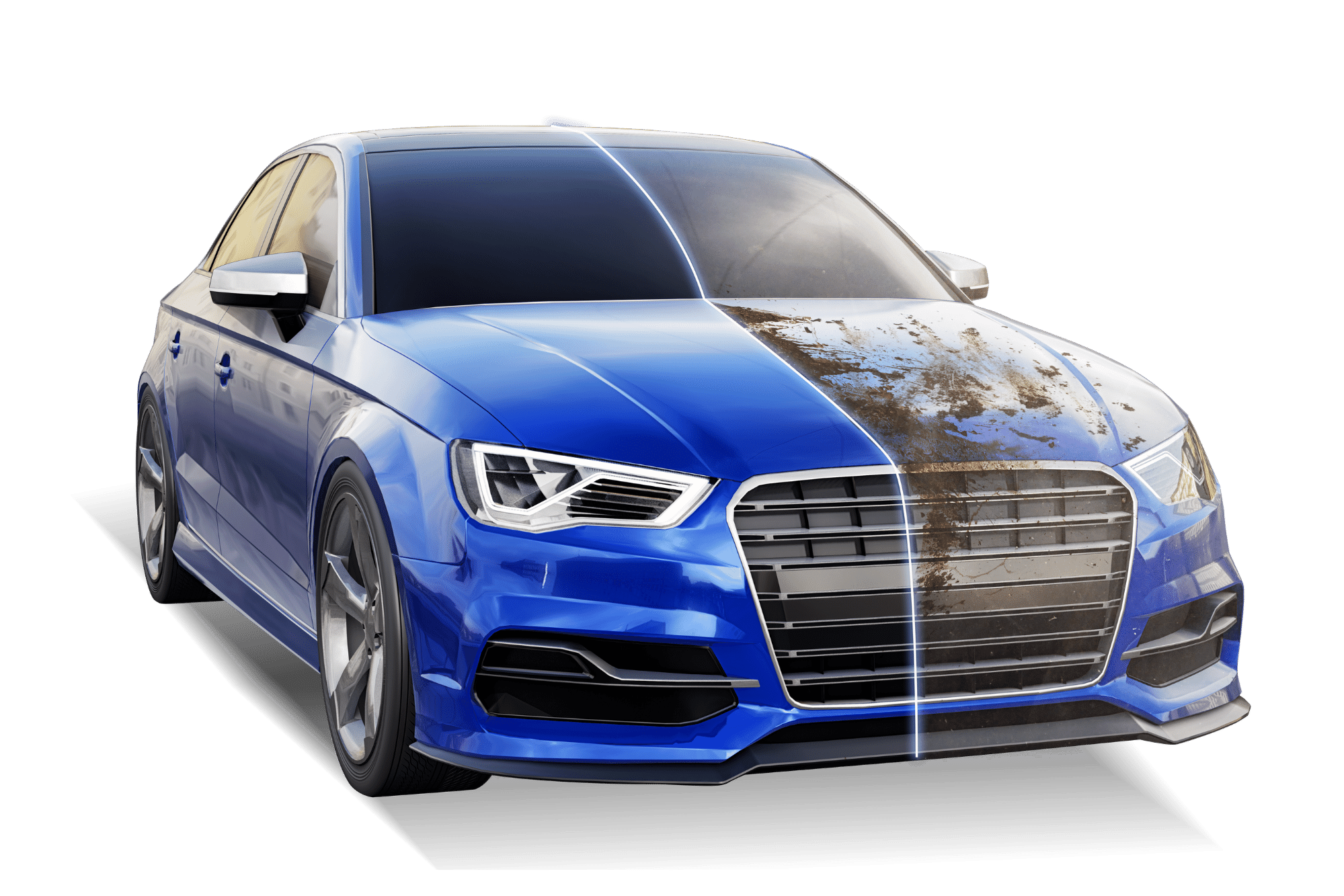Choose long-lasting ceramic coating Sarasota for a glossy finish.
Choose long-lasting ceramic coating Sarasota for a glossy finish.
Blog Article
A Comprehensive Guide to the Types of Ceramic Covering on the Market
Ceramic layers have arised as a pivotal solution throughout numerous markets because of their unique homes and applications. From silica-based solutions known for their toughness to hybrid choices that combine several benefits, the selections readily available can be overwhelming. Understanding the subtleties of each type, including their details advantages and ideal use instances, is crucial for making notified choices. As we explore the distinct attributes and applications of these finishes, the effects for performance and longevity end up being increasingly evident, elevating inquiries about which type could finest match your requirements.
Recognizing Ceramic Coatings
Ceramic finishes are advanced safety services that have actually gotten appeal in numerous sectors, specifically in automotive and aerospace applications. These coatings contain a liquid polymer that, when treated, creates a durable, hydrophobic layer on the surface of the substratum. This layer provides improved resistance to ecological contaminants, UV radiation, and chemical exposure, consequently prolonging the life and visual charm of the underlying product.
The fundamental component of ceramic layers is silica, which adds to their solidity and sturdiness. The application process normally involves surface area preparation, application of the layer, and healing, which can be attained through warmth or UV light. Once treated, ceramic finishings show remarkable bonding buildings, permitting them to stick highly to a range of surface areas, including metals, plastics, and glass.
In enhancement to their protective attributes, ceramic layers additionally use simplicity of maintenance. Their hydrophobic nature minimizes the adherence of dust and gunk, making cleaning easier and less constant. In general, the adoption of ceramic coatings stands for a substantial advancement in surface protection innovation, offering both practical and aesthetic benefits throughout numerous sectors.
Sorts Of Ceramic Coatings
Different kinds of ceramic finishings are available, each created to fulfill particular efficiency requirements and applications - Paint Protection Film. The most usual types consist of:
Silica-based Coatings: These coverings largely contain silicon dioxide and are known for their toughness and chemical resistance. They are commonly used in automotive and industrial applications.
Titanium Dioxide Coatings: Popular for their photocatalytic buildings, titanium dioxide finishes are commonly applied in settings where self-cleaning and antifungal residential or commercial properties are preferable, such as in structure materials and auto finishes.
Zirconia Coatings: Defined by their high-temperature security and thermal resistance, zirconia coatings are made use of in applications such as wind turbine engines and high-performance automobile elements.
Alumina Coatings: Displaying outstanding firmness and thermal security, alumina coatings are often utilized in wear-resistant applications, including cutting devices and industrial machinery. - Paint Protection Film
Hybrid Coatings: Incorporating the buildings of numerous products, crossbreed finishings supply improved performance qualities, making them ideal for special and Read More Here requiring applications.
Each kind of ceramic go to my site covering serves distinct objectives, enabling customers to choose one of the most proper service based on details ecological conditions and efficiency needs.
Advantages of Ceramic Coatings
Ceramic coverings, in particular, offer many advantages that make them significantly popular among suppliers and customers alike. These finishes are resistant to scrapes, chemicals, and UV rays, guaranteeing that the underlying surface area stays protected over time.
In addition to resilience, ceramic coatings give superb hydrophobic homes, enabling for easy cleansing and maintenance. This water-repellent nature lessens the adherence of dust, grime, and other impurities, which can extend the visual charm and capability of the surface. In addition, ceramic finishes can substantially enhance thermal resistance, making them excellent for applications that endure heats.

Application Refine
When applying ceramic coatings, a thorough method is essential to attain optimal results. The application procedure commonly starts with extensive surface preparation. This involves washing, decontaminating, and polishing the surface area to get rid of all pollutants, consisting of dirt, oil, and prior waxes or sealers. A tidy surface guarantees correct attachment of the finish.
As soon as the surface is prepped, the next action is to use the ceramic finishing. This can be done next page using an applicator pad or a microfiber fabric, ensuring even insurance coverage. It is important to operate in small areas to maintain control and protect against early treating. The finishing needs to be used in slim layers, as thicker applications can result in irregular finishes.
After application, the coating calls for a certain treating time, usually ranging from a couple of hours to a full day, depending upon the product. During this time, it is crucial to avoid direct exposure to wetness or pollutants. Lastly, a gentle buffing may be required after healing to improve the gloss and remove any type of high places. Following these actions vigilantly will optimize the performance and long life of the ceramic coating, providing a resilient safety layer for the surface.
Upkeep and Durability
To make sure the long life and efficiency of a ceramic coating, normal maintenance is important. Ceramic layers, known for their longevity and safety qualities, require particular treatment routines to optimize their lifespan and performance.
In addition to normal washing, regular inspections are important. Seek indicators of wear or damages, such as hydrophobic properties lessening or surface flaws. If required, a light gloss may be used to revitalize the layer without removing it away.
Additionally, the application of a booster spray can improve the coating's hydrophobic impacts and restore its gloss. This is specifically helpful for finishings that have actually been in usage for an extensive period. Eventually, by adhering to these upkeep practices, one can significantly prolong the life of a ceramic coating, guaranteeing that it proceeds to provide optimal protection versus ecological variables and keep the visual allure of the vehicle.
Final thought

Report this page